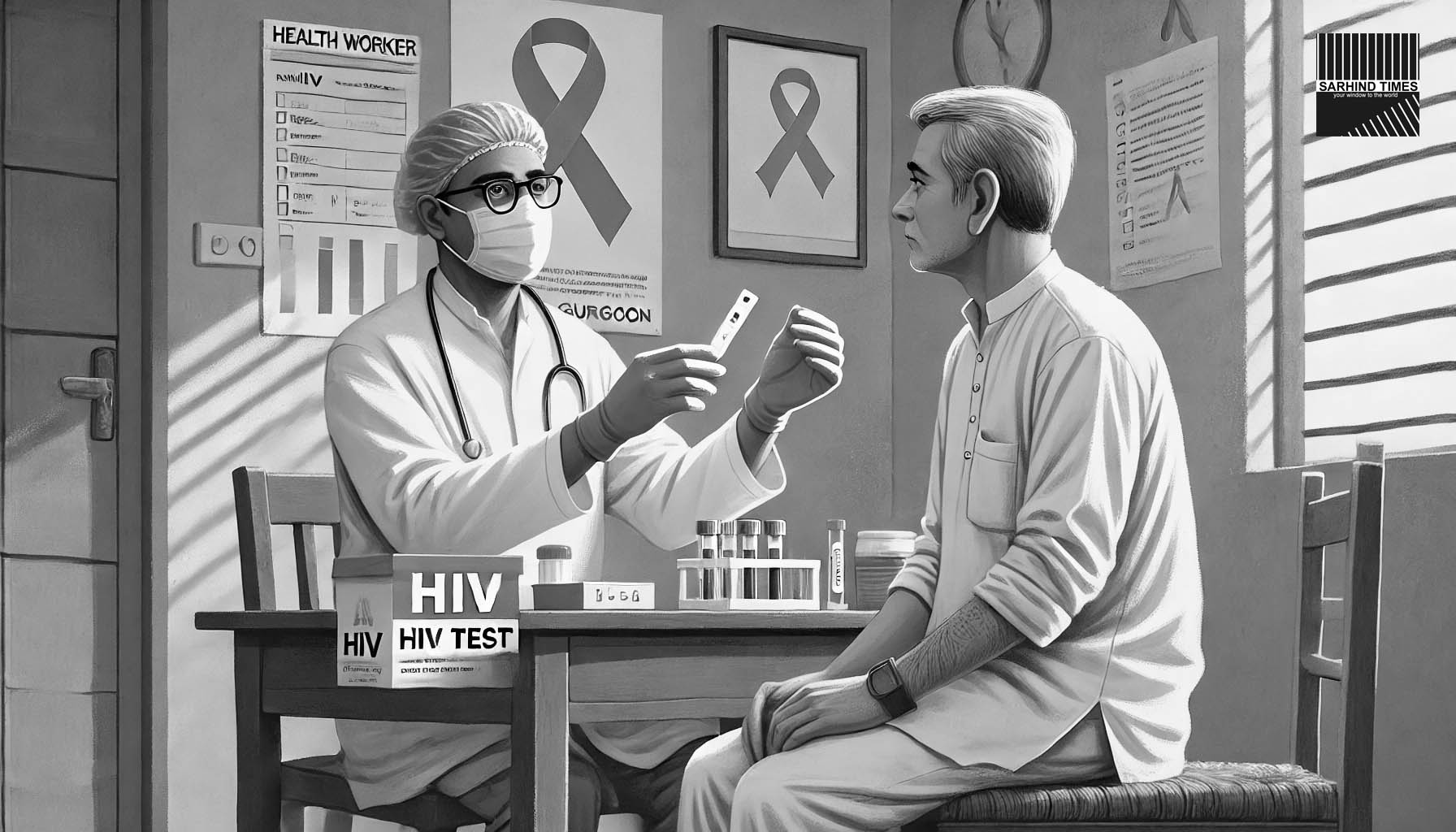Gurgaon, August 13, 2024 — Gurgaon has experienced a steady increase in the number of people living with HIV over the past few years, though health officials attribute part of this rise to enhanced testing efforts across the state. According to data from the Union Ministry of Health and the National AIDS Control Organisation, more than 50,000 people have been living with HIV since 2019, with the numbers climbing each year.
In 2019, the annual figure stood at 50,604, but by 2023, it had risen to 56,578, marking an 11% increase over four years. The number of people living with HIV grew gradually during the intervening years, with 51,840 cases recorded in 2020, 53,115 in 2021, and 54,547 in 2022.
Gurgaon’s Increasing HIV Cases
Gurgaon has not been immune to this trend. The district, which reported 201 cases in 2021, has already recorded 1,491 cases so far this year. Health officials suggest that this surge could be linked to increased testing efforts in the region. The number of HIV tests administered more than doubled from 30,571 in 2020 to 64,043 in 2023, reflecting a concerted effort to identify and treat those affected by the virus.
Virender Yadav, Gurgaon’s chief medical officer, stated that targeted testing initiatives have been implemented in high-risk areas such as jails, slums, among transpersons, and truck drivers. “We are focusing on these vulnerable populations to identify and treat HIV-positive individuals promptly,” Yadav said.
HIV and AIDS: Understanding the Impact
HIV, or human immunodeficiency virus, is a serious infection that weakens the body’s immune system, making it difficult to fight off infections. AIDS, or acquired immune deficiency syndrome, is usually considered the final stage of HIV infection when the immune system is severely compromised.
According to health department officials, the demographic most affected by HIV in Gurgaon falls within the age group of 22 to 43 years. Men account for 56% of the cases, while women and children make up 40%, with the remaining cases involving transpersons. High-risk sexual behavior and exposure through tattoos have been identified as the main factors contributing to the spread of the infection.
Efforts to Combat HIV
In response to the rising numbers, the Haryana health department has introduced several measures aimed at preventing the spread of HIV. These include increased testing among high-risk populations and awareness campaigns promoting safe practices.
“People should practice safe sex, avoid sharing needles, and get regular tests done to prevent the spread of HIV,” a health department official advised.
Dr. Tushar Tayal, a consultant for internal medicine at CK Birla Hospital in Gurgaon, emphasized that while HIV infections remain a significant concern, modern medicine has made them more manageable. “Deaths related to AIDS can provide a clear indication of the severity of the disease, particularly in contexts where treatment is inaccessible or ineffective. However, in areas where antiretroviral therapy (ART) is widely available and effectively used, the number of AIDS-related deaths has significantly decreased,” Dr. Tayal noted.
Last year, Haryana recorded 305 deaths linked to AIDS, equating to 1.02% per lakh of the state’s population. This was a significant decrease from 2019, when the fatalities per lakh of population were 4.1%.
The ongoing efforts to combat HIV and AIDS in Gurgaon and across Haryana highlight the importance of early detection, treatment, and public awareness in managing and ultimately reducing the impact of this life-threatening virus.






















+ There are no comments
Add yours